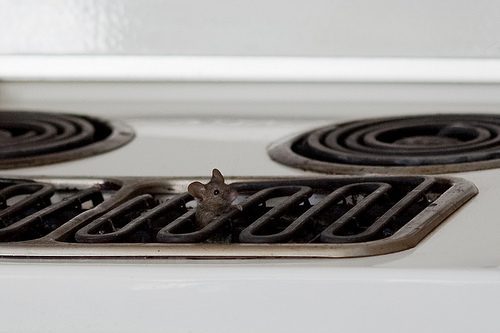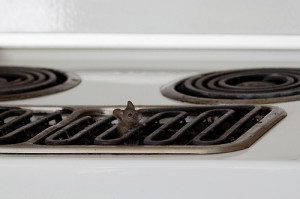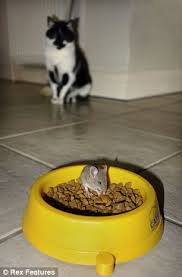Top rodent-proofing tips

Today, when I was out house-hunting with one of my mouse-phobic clients, I saw something that I knew would bother her: the weather-stripping on an outside door had been chewed by mice.
As happy homeowners, you can do something to close up those mouse entry ways.
The National Pest Management Association recommends the following top five rodent-proofing tips:
- Inspect the outside of your home for easy access points. Seal any cracks and crevices with silicone caulk, paying special attention to areas where utility pipes enter the structure. Remember, mice can enter homes through holes the size of a dime and rats through holes the size of a quarter.
2. Fill larger gaps inside your home with pieces of steel wool, as pests are deterred by the roughness of the steel fibers, especially rodents who are unable to gnaw through the material.
3. Screen attic vents and openings to chimneys, which could serve as potential entryways.
4. Replace weather-stripping and repair loose mortar around the basement’s foundation and windows.
5. Properly landscape around the home to avoid providing pest harborage sites. Keep shrubbery trimmed and ensure mulch is kept at least 15 inches from the foundation.
 In the Northeast, 35 percent of homeowners report that they have had a mouse or rat problem. 45 percent reported that mice where in the house during the winter months.
In the Northeast, 35 percent of homeowners report that they have had a mouse or rat problem. 45 percent reported that mice where in the house during the winter months.
Most saw mice in the kitchen (50 percent.) Basements, living rooms, attics, garages, and bedrooms are the next most common areas. A smaller percentage saw them in bathrooms. This is common sense. Mice are going to go for places where there is food, water, and warmth. They will build nests away from people and predators (in attics, garages and basements.)
While I am on the topic of predators, it is pretty well established that getting a cat is no assurance that you won’t get mice in your house. 